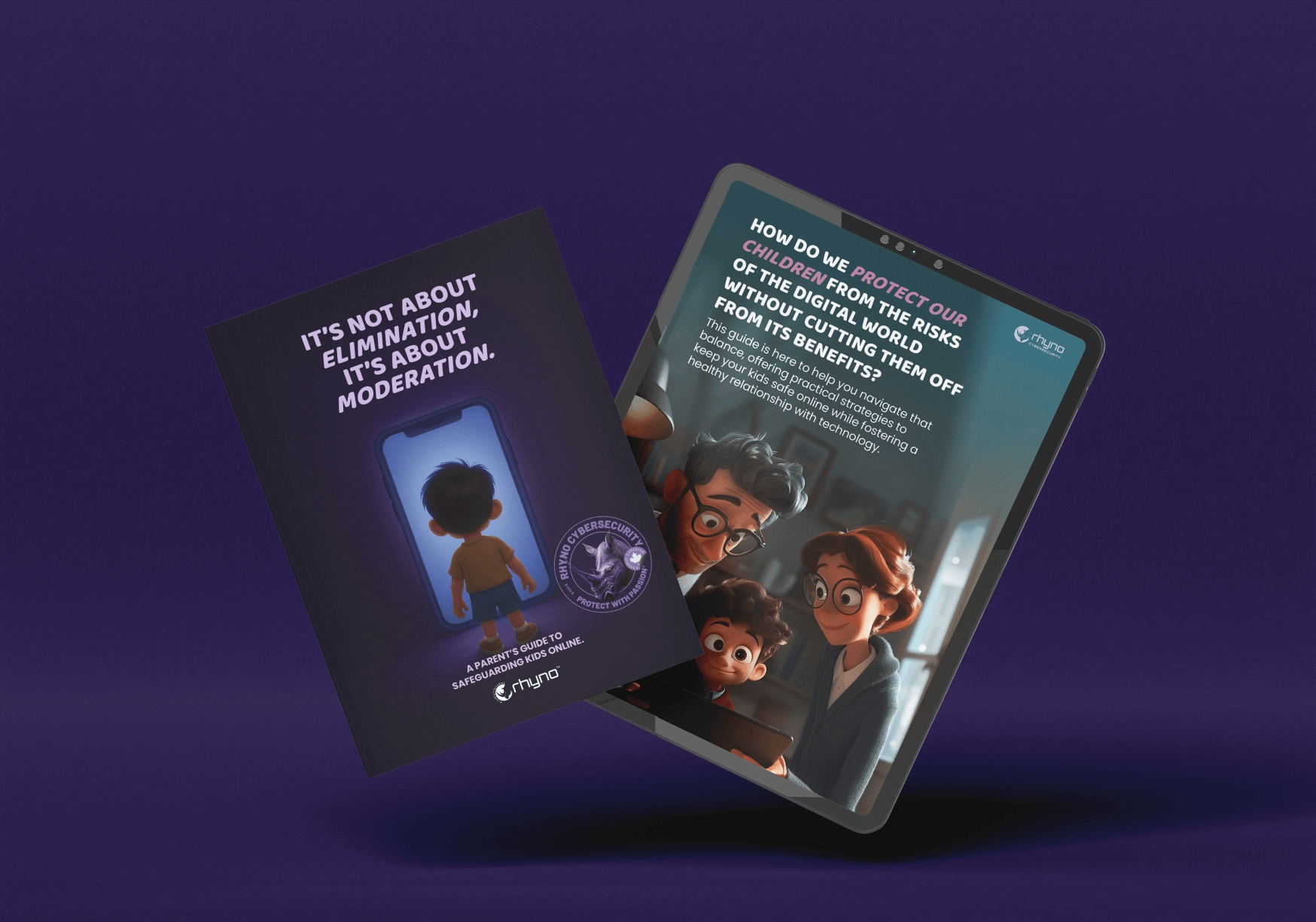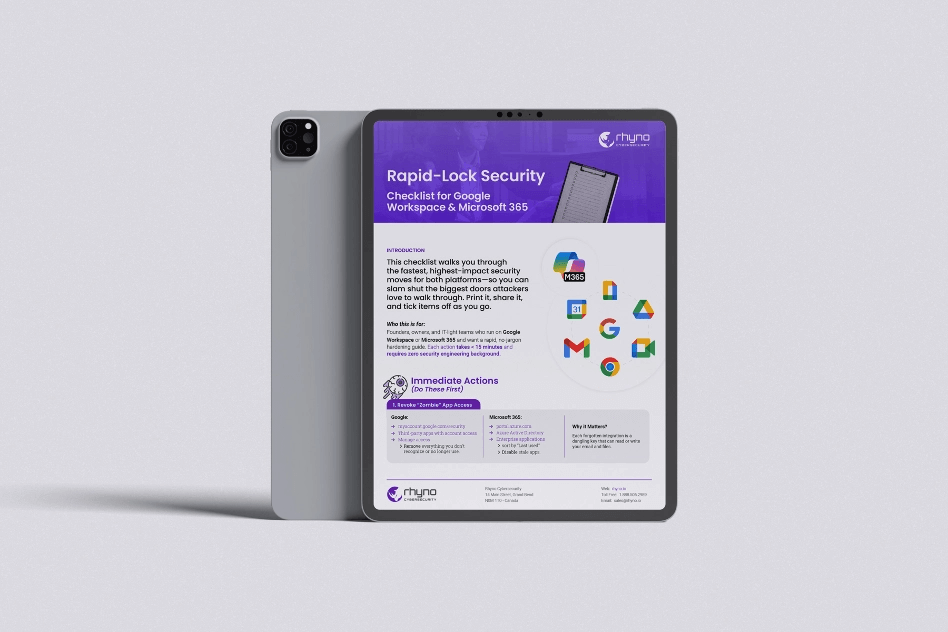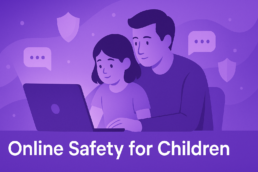Protecting Children on the Web: Understanding the Risks and How to Respond
Protecting Children on the Web
The internet is woven into nearly every part of daily life, and for young people it can feel as natural as breathing. Yet the websites, games, and social platforms that keep kids entertained and connected also expose them to dangers that parents and guardians may not see coming. From cruel messages that never disappear to strangers who hide behind friendly avatars, the threats can be both emotional and physical. Experts say staying ahead of these problems means knowing what hazards exist and acting quickly when warning signs appear.
Digital Dangers Facing Young Users
One of the most common hazards is online bullying. Mean‐spirited taunts that once ended when the school bell rang now follow children home through group chats and comment threads. A 2023 study of middle and high school students by the Cyberbullying Research Center found that more than one in four had faced online harassment in the previous month. Kids on the receiving end often report feeling depressed or anxious, and researchers warn that the hurt can last well into adulthood because nasty posts and images are easy to reshare.
Hate speech is another growing worry. Messages that urge violence or spread intolerance open a door to prejudice and, in extreme cases, radicalization. Young minds still shaping their views of the world can absorb hateful slogans before they even know what they mean. Experts on extremism say such exposure can make children more willing to join fringe groups or mirror hateful language offline.
Parents also grapple with the sheer volume of adult material that sits only a mistyped address away. Many sites try to keep minors out, but age checks are inconsistent, and links move quickly through private messages or social feeds. A child who clicks by accident—or out of curiosity—may stumble across graphic images or videos long before they are ready to process them.
Predatory behavior remains a persistent threat as well. Online strangers can pose as peers, gaining a youngster’s trust in chat rooms or multiplayer games. While many conversations stay harmless, some adults exploit that trust to obtain personal photos or push for in‐person meetings. Safety advocates note that even honest friendships can turn risky if a child begins sharing personal details such as addresses, phone numbers, or daily routines.
Then there are harmful ideas—extreme dieting advice, self-harm challenges, or conspiracy theories—that quietly spread on video apps and forums. Children who are still learning to judge reliable information may take dangerous tips at face value. Social scientists warn that repeated exposure can normalize risky behavior or deepen existing insecurities.
Practical Steps Families Can Take
Technology specialists often compare online safety lessons to driver’s‐ed: supervision at first, steady coaching later. One early measure is turning on parental controls. Routers, streaming boxes, antivirus programs, and third-party apps all offer filters that block adult sites or limit chat features. None of them are foolproof, but together they can raise enough hurdles to give parents time to notice problems.
Teaching safe habits ranks even higher. Younger kids benefit from clear guidelines—stick to this game site, don’t click links from strangers, keep passwords secret. Teens, already adept at navigating apps, need reminders about phishing scams, suspicious downloads, and the value of a strong password manager. Cybersecurity educator Tiffany Schoenike tells families to keep the conversation going: “You wouldn’t hand over car keys without lessons and practice. The same rule applies online.”
Open communication is the glue that holds a safety plan together. When children know they can talk about embarrassing screenshots or unsettling DMs without immediate punishment, they are far more likely to speak up early. Psychologists say parents should listen first, ask calm questions, and avoid overreacting—an approach that strengthens trust and encourages honesty.
Regular check-ins on browsing history and friend lists can uncover trouble before it escalates. Some parents choose to follow their children’s public accounts or hold administrative passwords for younger kids’ devices. Experts advise setting clear expectations: explain why the oversight exists and what changes as the child demonstrates responsible behavior.
Balancing screen time with real-world activities pays dividends too. Coaches and music teachers offer face-to-face encouragement that no emoji can replace. Pediatricians point out that exercise reduces stress from online drama and improves sleep—the first casualty when devices follow children into bedrooms. Dr. Pamela Hurst-Della Pietra, who researches media use, argues that moving phones and tablets out of the room at night is “one of the simplest fixes for better rest.”
Finally, families must be ready to act. If bullying escalates, save evidence before deleting it, then alert school officials or, in severe cases, law enforcement. Block persistent harassers, report hateful or sexual content to platform moderators, and consider temporary account suspensions to let emotions cool. When a child crosses the line into harmful behavior, experts urge a firm yet empathetic response: discuss the impact, impose fair consequences, and address underlying issues—often best done with help from counselors.
The web will only grow more complex, but the core principles of child safety remain clear. Stay informed, talk often, monitor respectfully, and step in when necessary. With those steps, families can help the next generation explore the digital world without losing sight of real-world well-being.


